Lommel, Belgium, about an hour from the North Sea coast, sits so close to the Dutch border that it's almost equidistant between Spa-Francorchamps and Holland's Circuit Zandvoort. It's the home of Ford's Lommel Proving Ground, the biggest and most important test facility of Ford of Europe, which makes it one of the most significant in the world.
On Lommel's 85km of test tracks is where Ford of Europe's ride and handling renaissance really took hold in the 1990s, and continues today. It's where the latest-generation Ford Focus ST, due for launch early in the summer, is - quite likely as you read this - being honed and durability tested on the 17 different tracks that comprise the proving ground. And it's also where we got taken for a passenger ride in the new ST, alongside Ford Special Vehicle Team's most senior engineers responsible for developing Ford's performance cars, including the ST.
You'll no doubt remember the previous-generation Focus ST. Autocar liked it a great deal; its 2.5-litre, five-cylinder motor's warble and fine chassis poise put it ahead, in many of our testers' eyes, of the MkV Volkswagen Golf GTI. Perhaps inevitably, CO2 considerations mean that the upcoming ST is a four-cylinder 2.0-litre turbo, but the SVT team, led by Jost Capito, have still made sure that latest car exceeds the performance of its predecessor.
At 247bhp and 265lb ft, the new ST is more than 10 per cent more powerful and torque-laden than the previous car, yet 20 per cent more efficient. Like the previous-generation ST, it's meant to be a daily usable hot-hatchback (unlike any faster-still RS model, whose technical layout is still to be decided but will undoubtedly be more focused).
"The Volkswagen Golf GTI is the main competitor to the ST," Capito told us. "The Renaultsport Megane we do not see as exactly the same segment. We see it slightly above, as a stretch-competitor to the ST. We want to beat the handling of the Megane with the ST, but not compromise on comfort."
We'll have to wait until we drive the ST nearer its launch to determine its success, but you can pick up certain things from the passenger seat. My backside reckoned it rode over some extremely poor surfaces with suppleness; the measure of the Megane RS and MkVI Golf GTI. The SVT team has attempted to give the latest ST an even better secondary ride than its predecessor, which we thought was good in the class anyway.
But our interest in Lommel really comes alive on Track 7, the circuit used for limit-handling chassis development. I drove the Golf GTI, the Megane, and a first-generation ST around the track, and sampled the new ST from the boring seat. The Megane is a lift-off oversteering, oppo-dabbing hoot but there's no denying it's a hardcore machine. The Golf is more mature and very satisfying, but less interesting and capable at the limit. And the old ST? It's still a real treasure. I loved the long-termer that Autocar ran; the old ST has great character, but by today's standards it rolls and floats excessively in extremis.
The latest ST rides on 235/40 R18 GoodYear Eagle F1s, and despite the suppleness to its ride, body control feels extremely tight. It's also, in the hands of Paul Wijgaerts, Ford's technical specialist for performance cars, quite capable of engaging its rear wheels in the cornering process on lift-off or trail-braking. It feels settled, composed; extremely able.
The ST's steering is electrically-assisted, as is rapidly becoming the industry norm, but Ford's SVT team reckon that they're getting to grips with finding ways to offer decent road feel. Carmakers are also finding ways to offer high-200lbs ft of torque without excess torque steer. Ford's answer for the ST is not (as with the Focus RS or the Renaultsport Megane) with an additional suspension knuckle, but instead with an electric torque steer compensator on the steering rack.
Electronics take the job of a mechanical limited-slip differential too. Torque vectoring control encourages power to the front wheel with the most grip (almost always the outside), by braking a slipping inside wheel. There are three stability control modes - all on, traction control off with a wider slip angle on the stability control, or all off (in which mode, the ABS and LSD-mimicking torque vectoring remain active).
Unlike the last ST, the choice wont be between 3dr and 5dr hatches, it'll be between 5dr hatch and 5dr estate models. Ford wants both to have the same handling characteristics and is still tweaking final suspension settings prior to the car's launch. From what we can tell so far, it's on the right track.

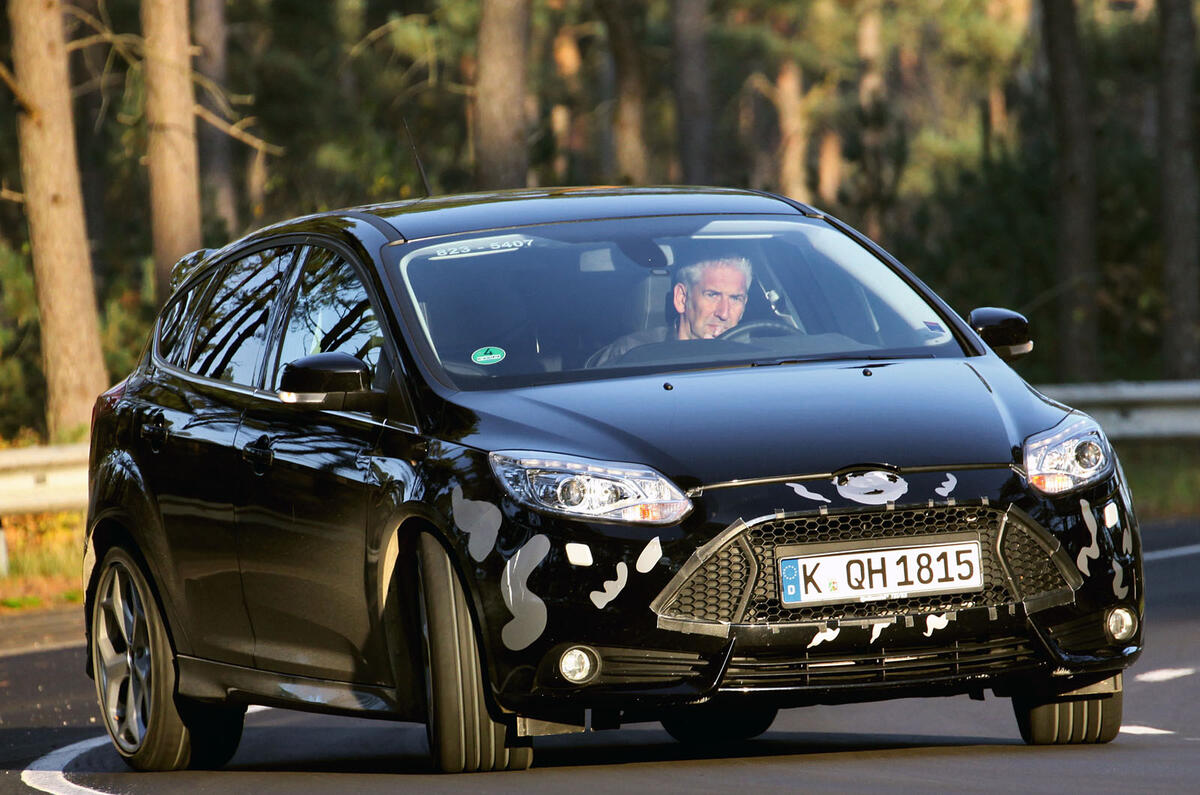
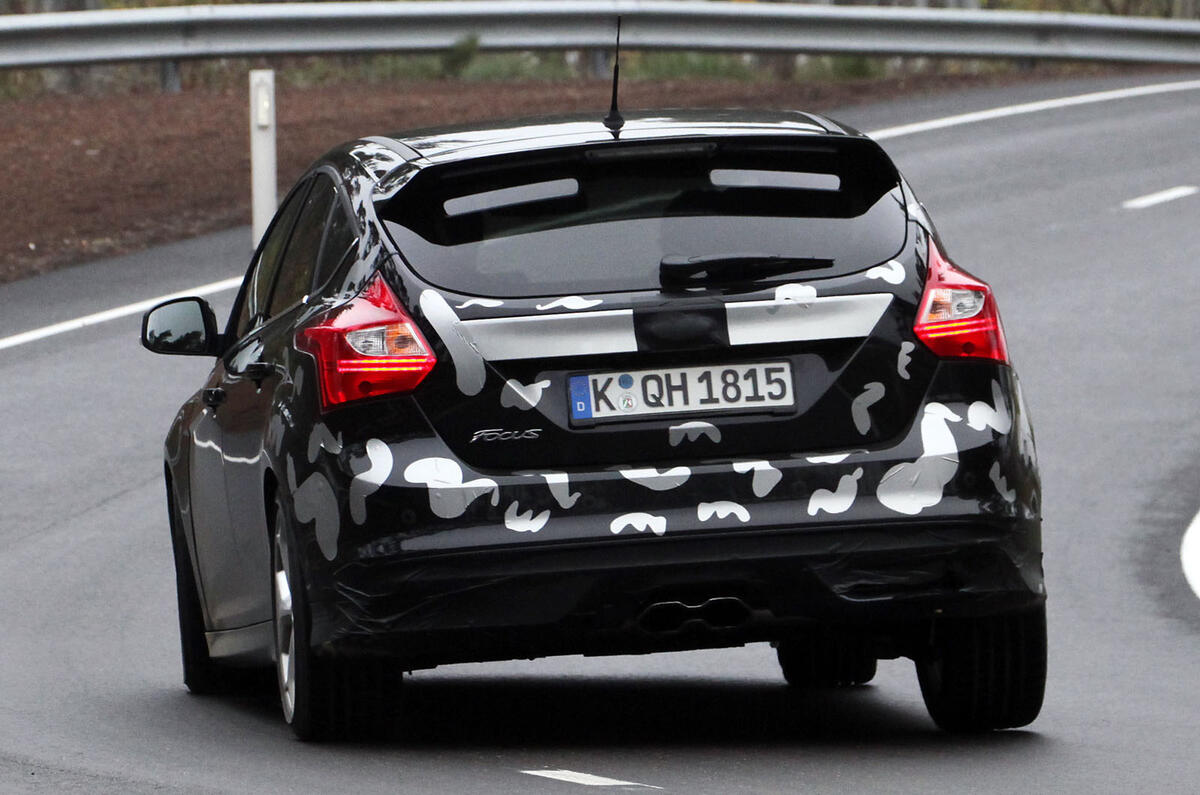
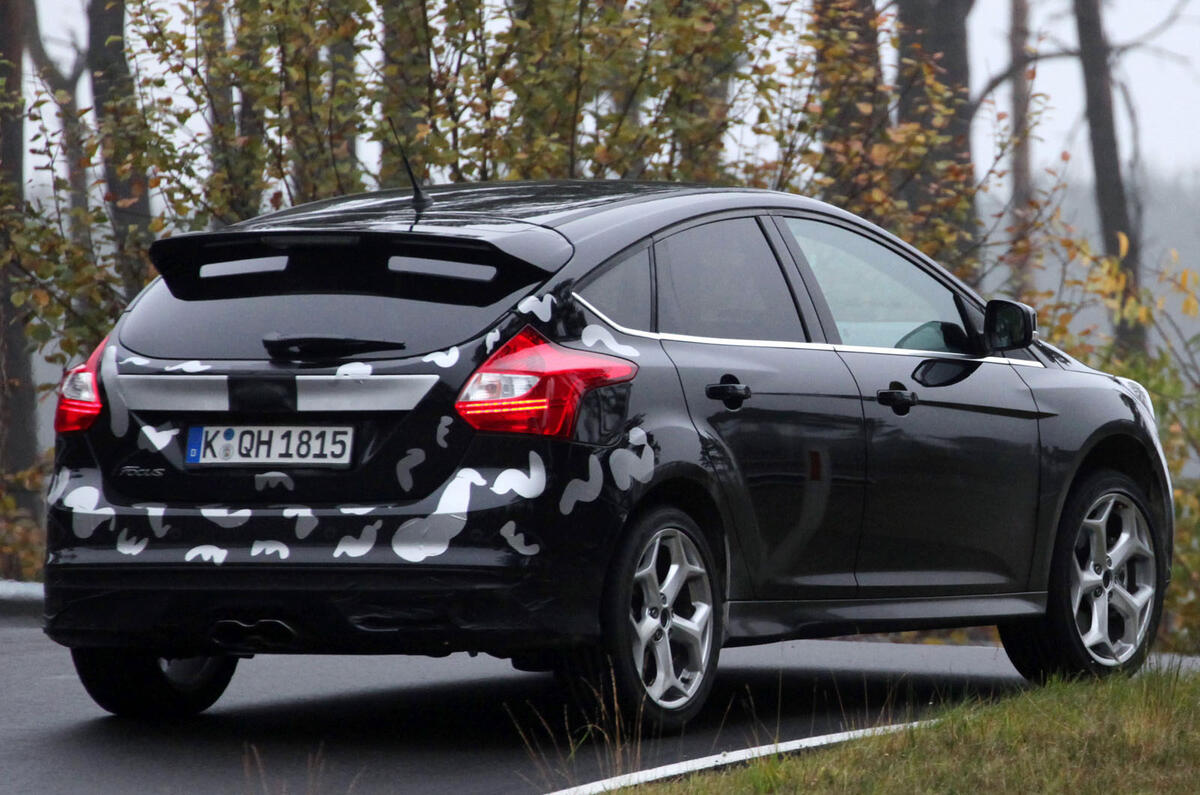
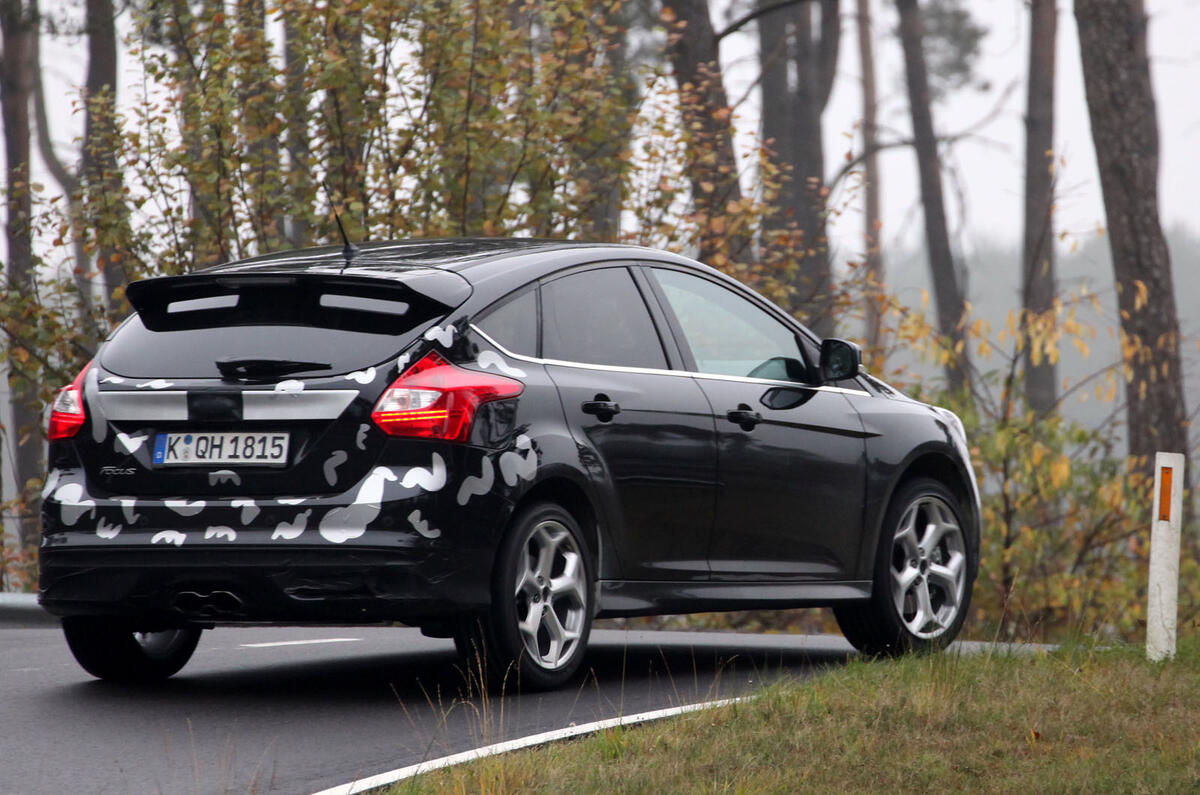
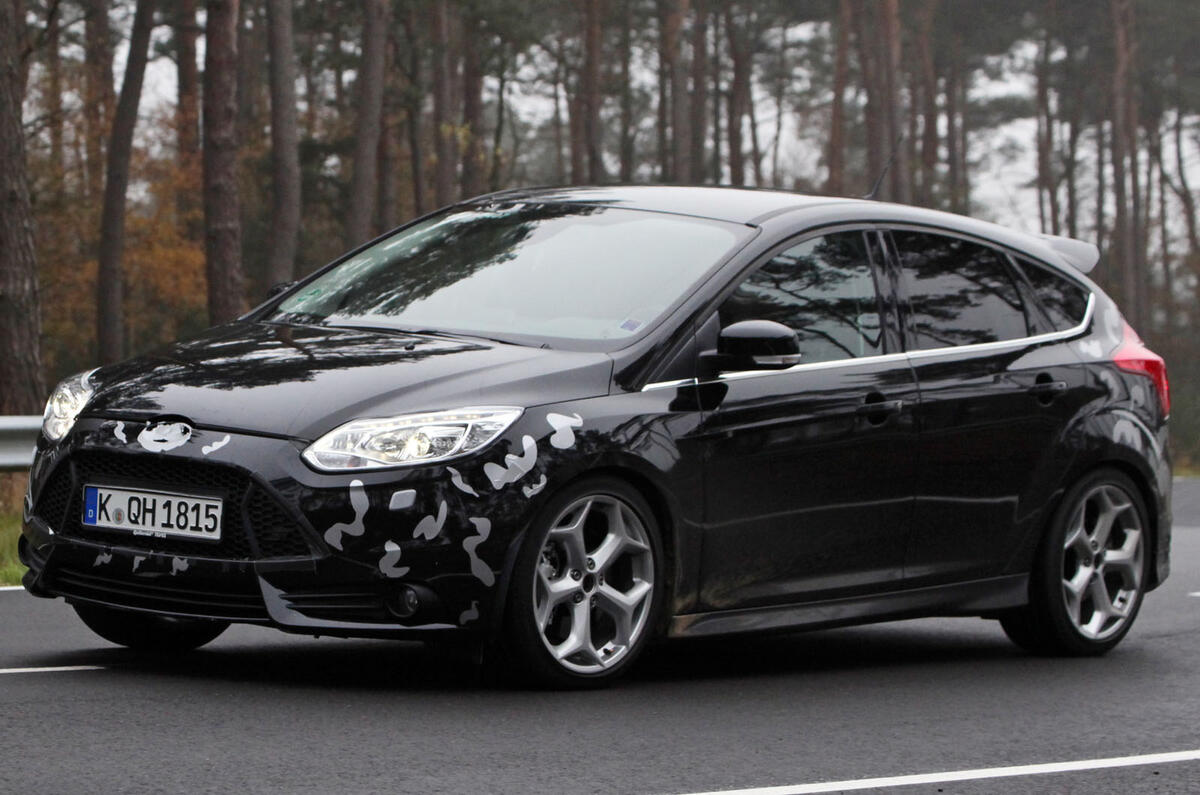
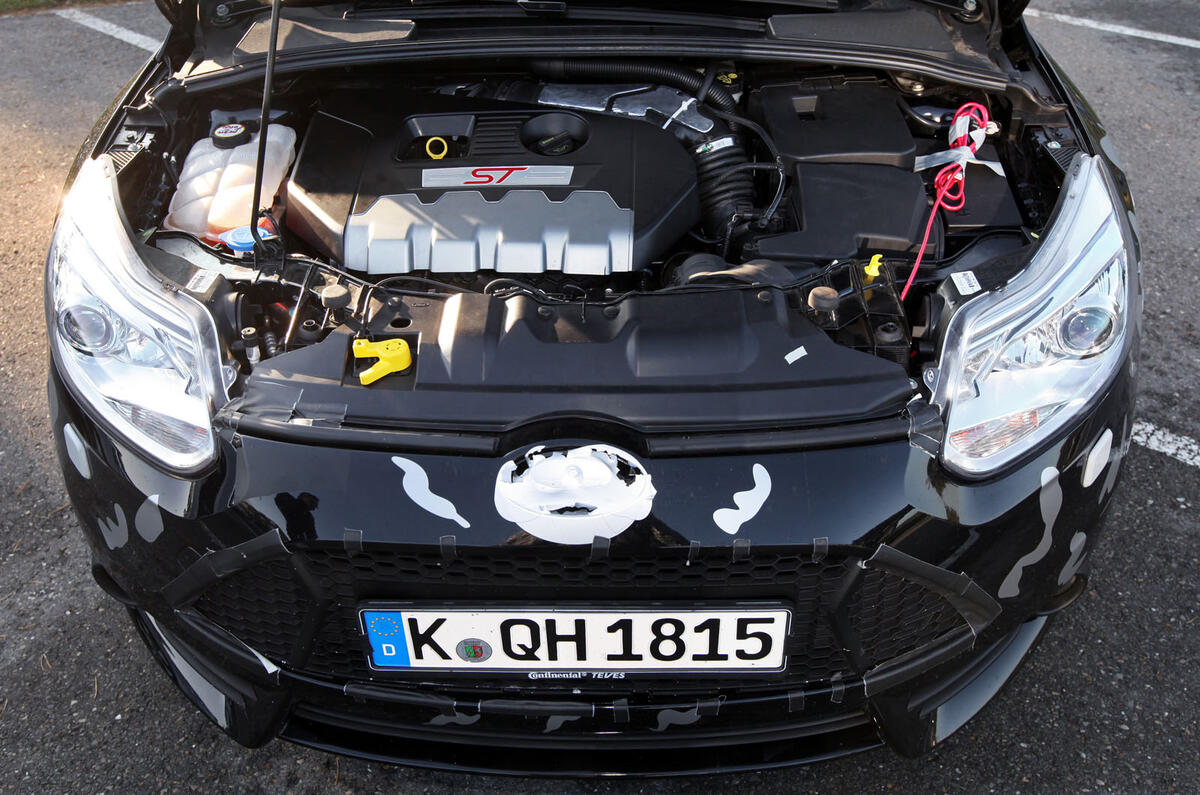
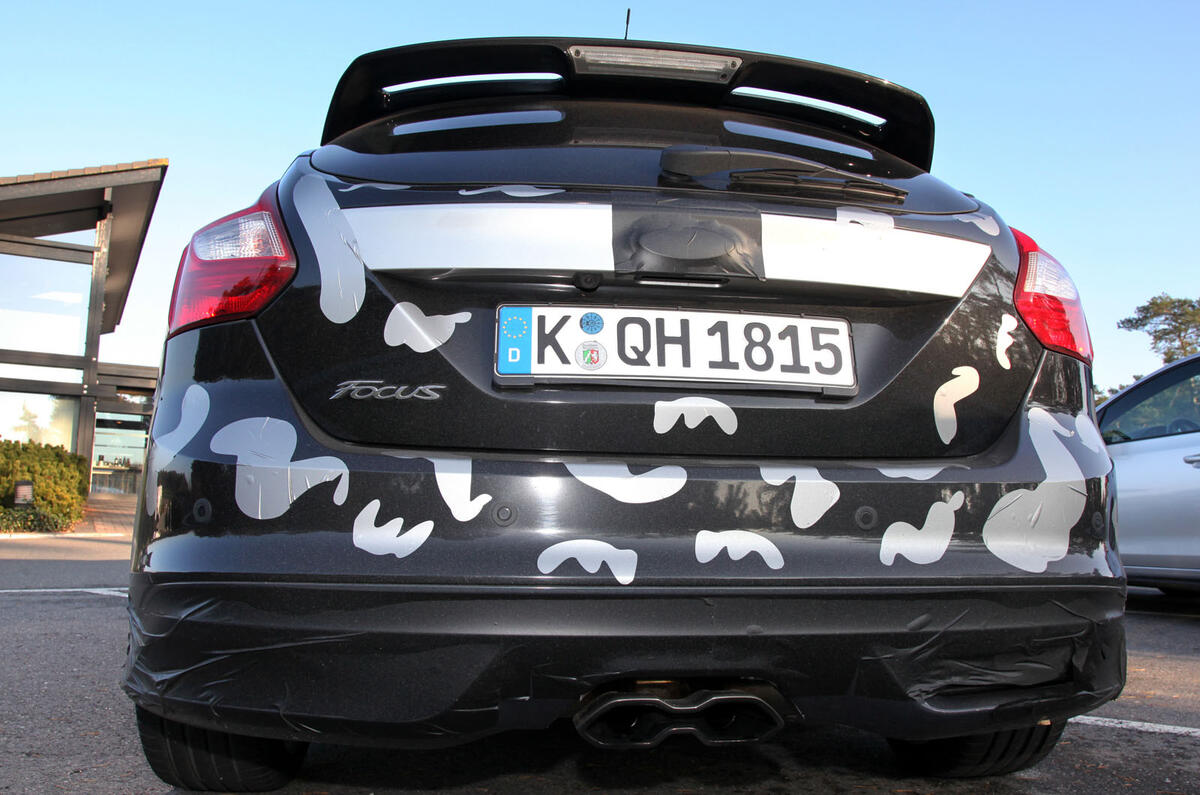
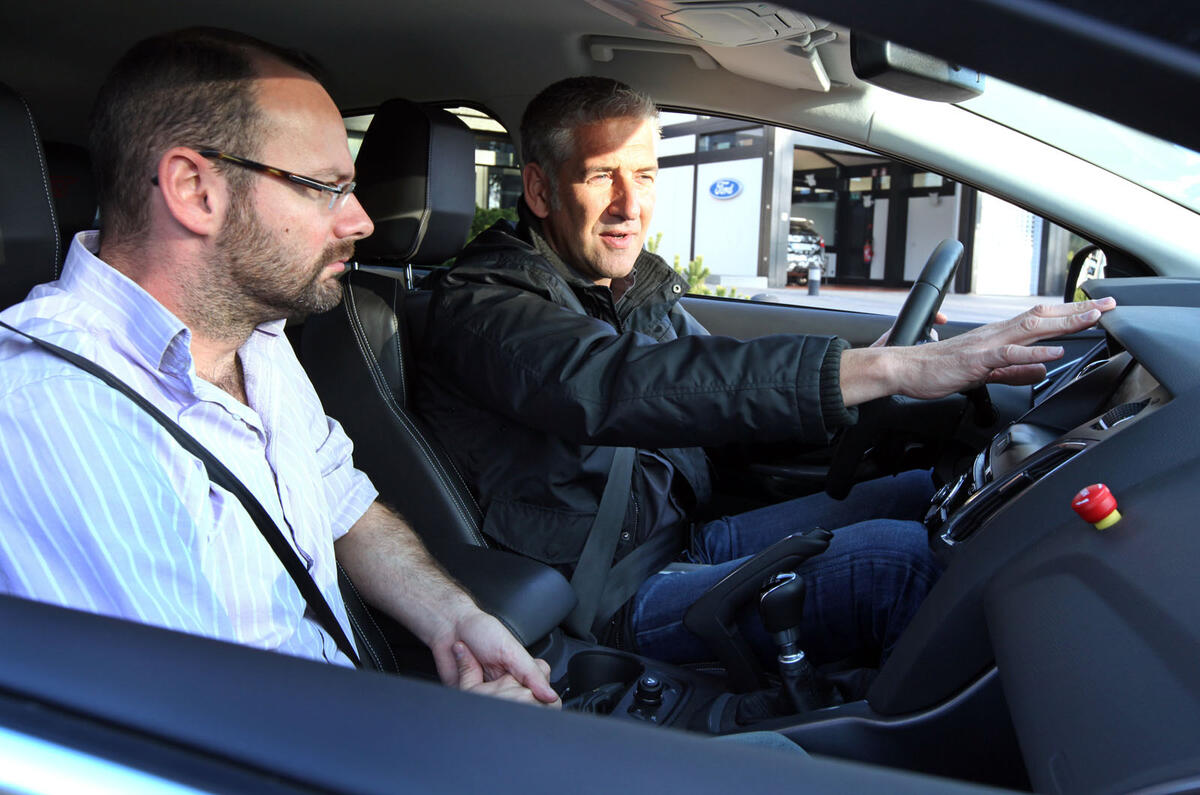
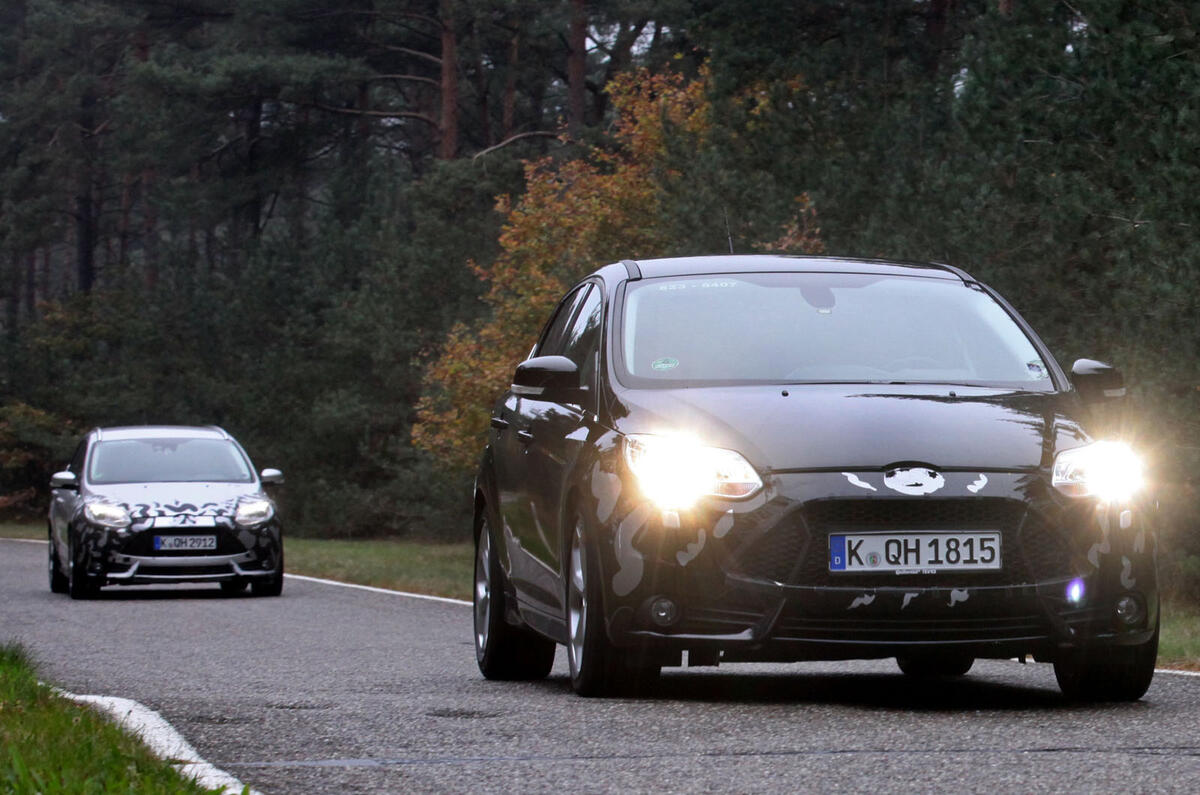
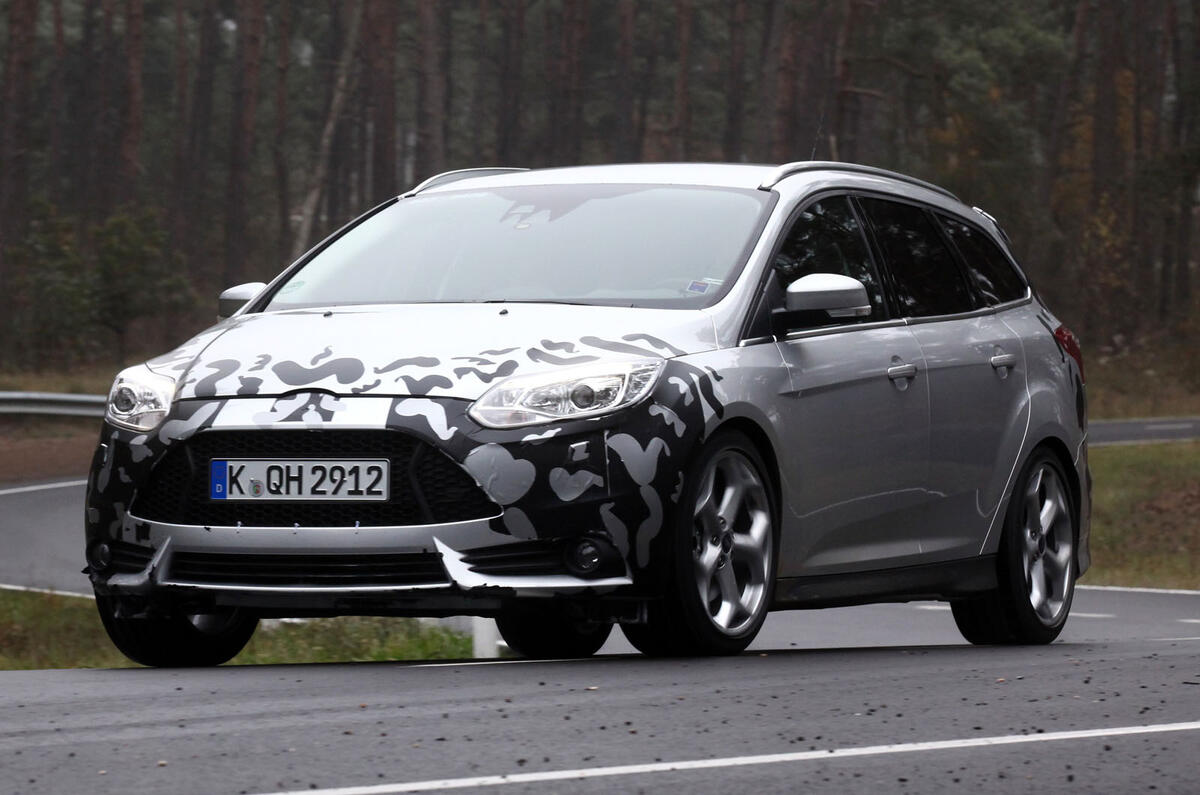

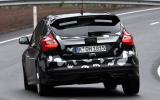
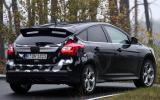
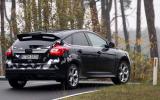

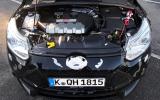
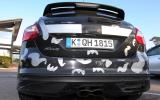








Add your comment